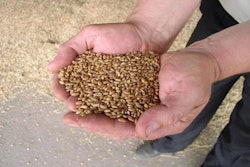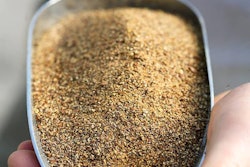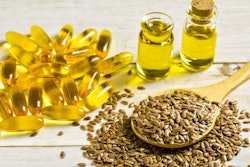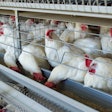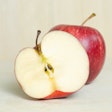
Microalgae oil in layer feeds can keep enriched eggs from taking on a fishy taste
Omega-3-enriched eggs are often associated with a fishy flavor. In fact, it is the omega-3 fatty acids that give fish their fishy flavor and not the other way around. This is further evidenced by the fact that even eggs produced by feeding plant-derived omega-3 fatty acids can be perceived having a fishy flavor. This is why most omega-3 fatty acid sources cannot be used at high enough inclusion rates in layer feeds to produce eggs with super high levels of these very useful functional nutrients.
For example, to get an egg containing 200 to 250 mg DHA, the hen would have had to consume a diet containing more than 3% fish oil, where we all know that feed intake is severely depressed with more than 1% fish oil. Thus, alternative and even combined sources of omega-3 fatty acids are always in demand. The newest addition to the range of omega-3 fatty acid sources is oil from microalgae that contains high levels of DHA (more than 60%), but low in EPA (0.6%), in comparison to fish oil that has quite a different profile (11% DHA and 6% EPA).
A recent study that looked into comparing microalgae and fish oils based on an equal supplementation of DHA indicated that only with microalgae oil can we reach the high levels of 250 mg/egg DHA required to cover the daily total omega-3 fatty acids intake recommendation for an adult. This study was rather one-sided in that it ignored the total omega-3 fatty acid composition as eggs produced by fish oil supplementation had very high total levels of these components when forced to rich the highest DHA level. Perhaps it would have been more interesting to compare total omega-3 fatty acid levels between these two sources, as EPA and of course ALA are all part of the greater omega-3 fatty acid equation.
Nevertheless, this study continues to build on our knowledge on how to produce designer eggs rich in omega-3 fatty acids that can contribute to a healthy dieting lifestyle. In fact, it has been estimated that about 10% of fresh egg market in the U.S. is omega-3 fatty acid-enriched eggs, and the trend is increasing worldwide. Apparently, the goal of the poultry industry appears to be (or can be) that of “an egg a day is all the omega-3 we need,”
In closing, it would be interesting to compare combinations of different sources of omega-3 fatty acids in hen feeds as regards their total effect on egg flavor. In addition, perhaps adding extra dietary antioxidant compounds could reduce the incidence of fishy flavor at high concentrations of omega-3 fatty acids. It is well known these lipids are very prone to oxidation that results in off-flavors. Some ingredients such as processed flaxseed are enhanced by antioxidants (such as ethoxyquin or BHT) to prevent lipid oxidation in the product, but we could further enhance this notion by including extra antioxidants (such as vitamin E, for example) in the feed with the ultimate goal being their increased level in the egg. Similar approaches are known to preserve and expand shelf life of meat products.


